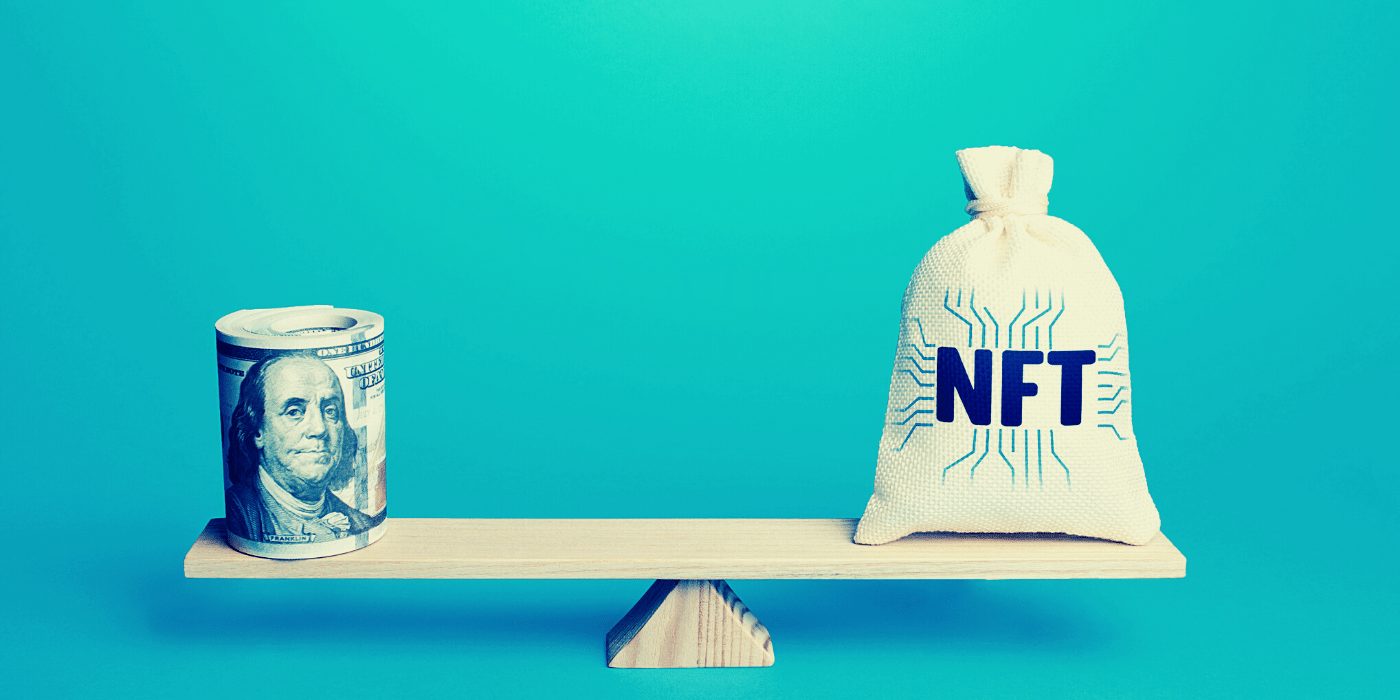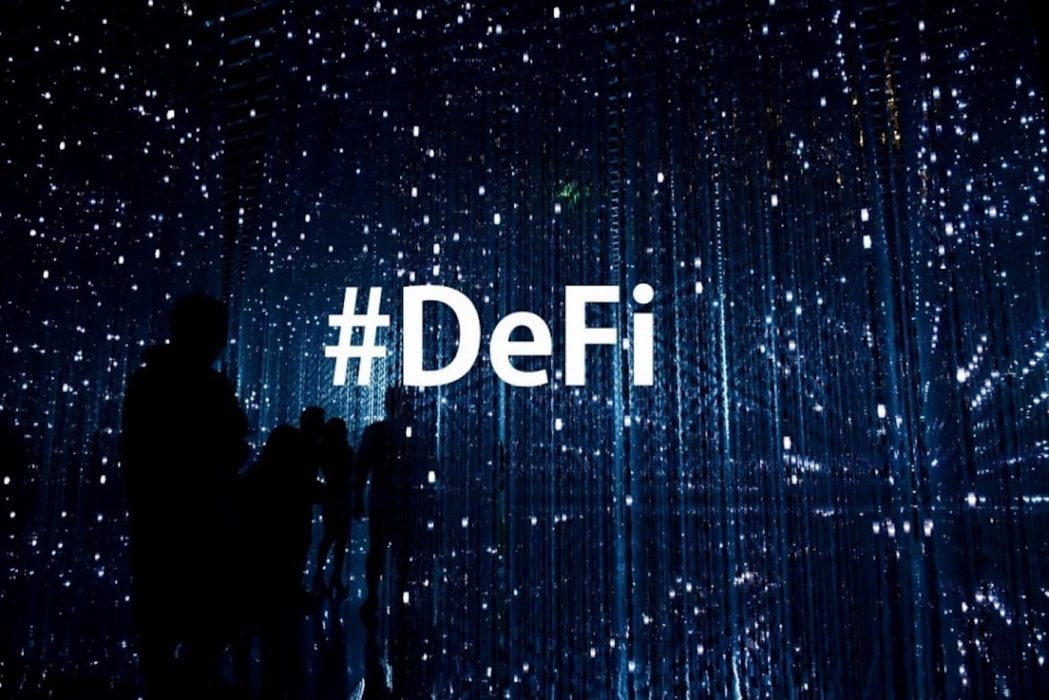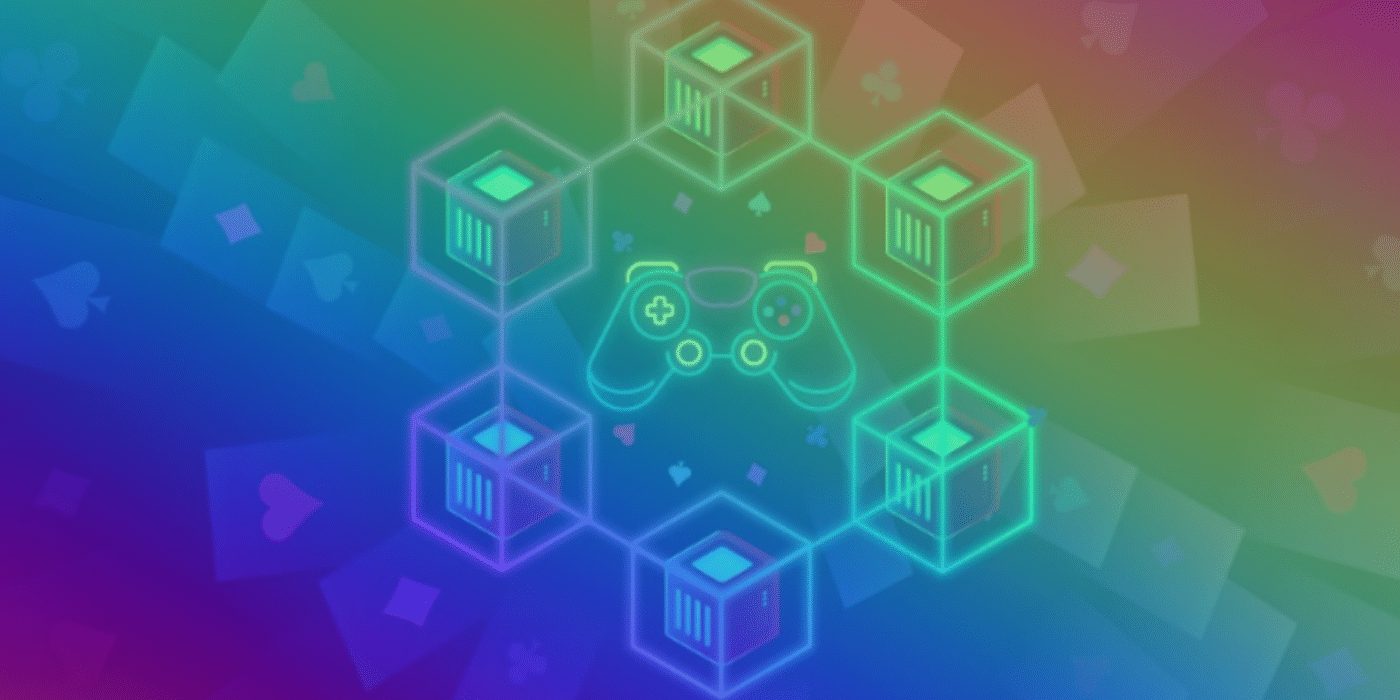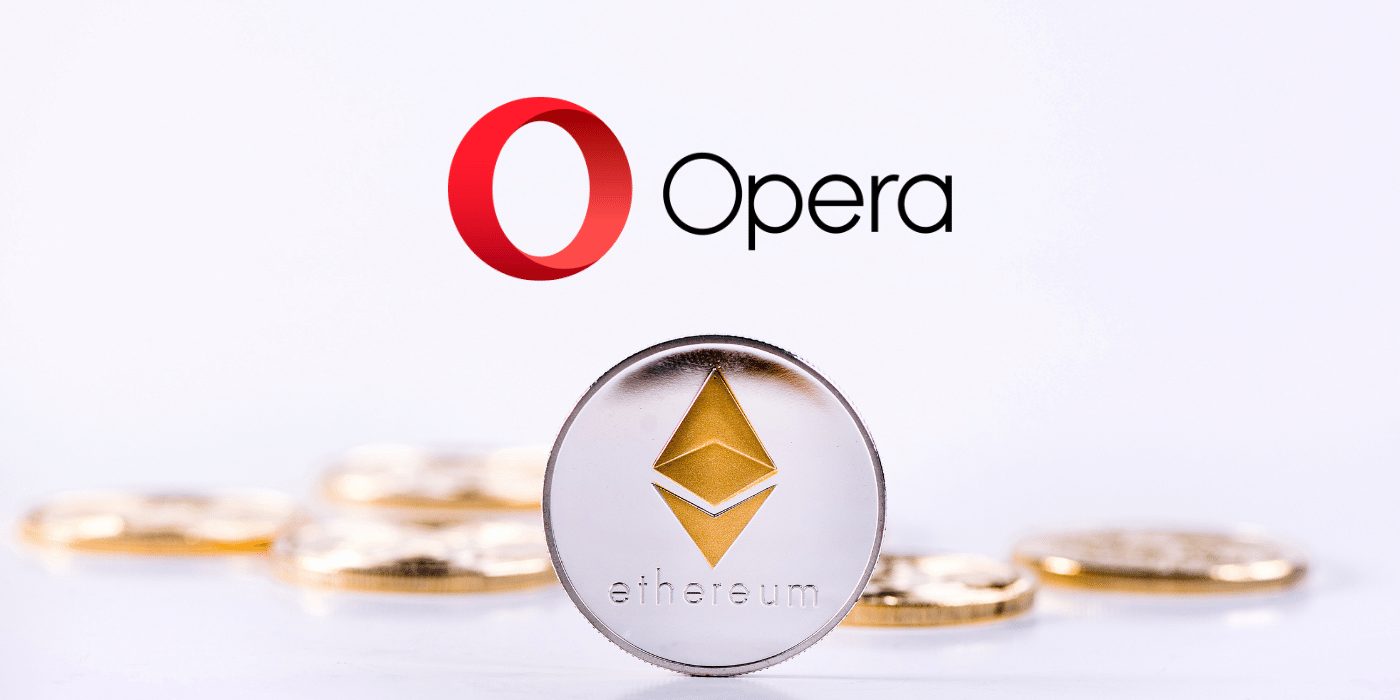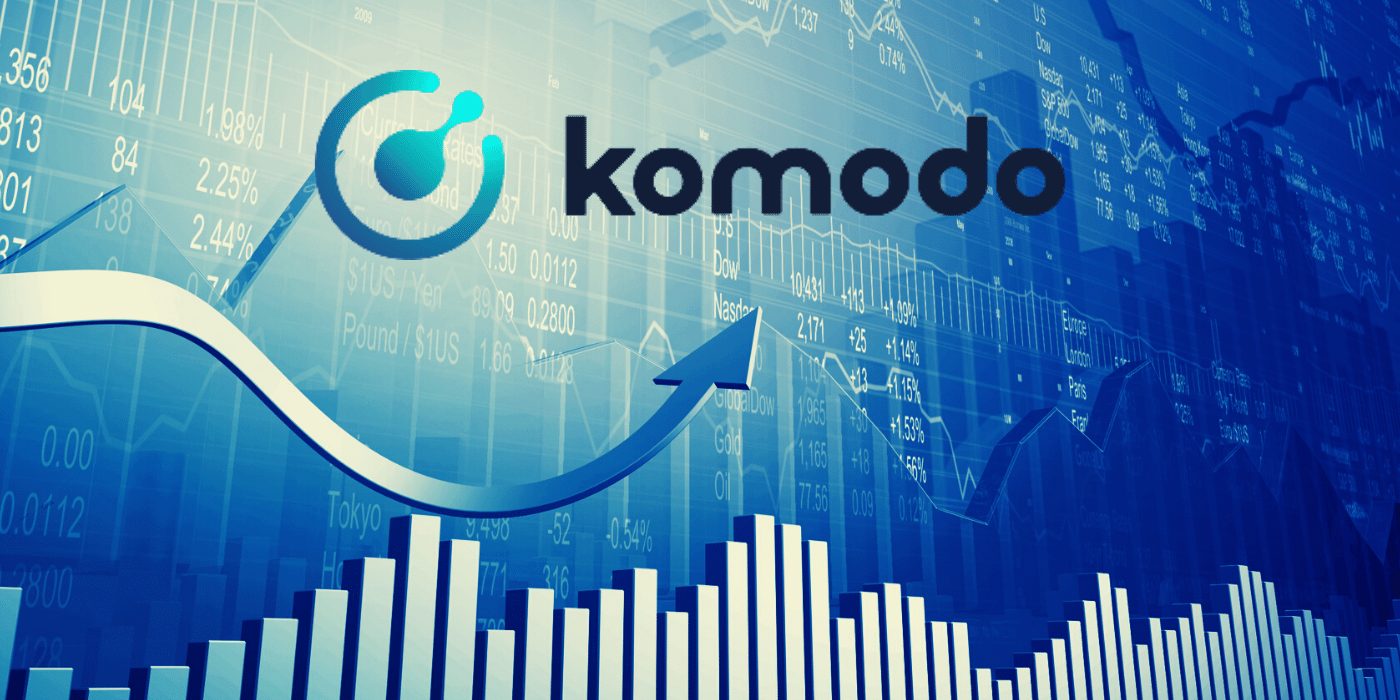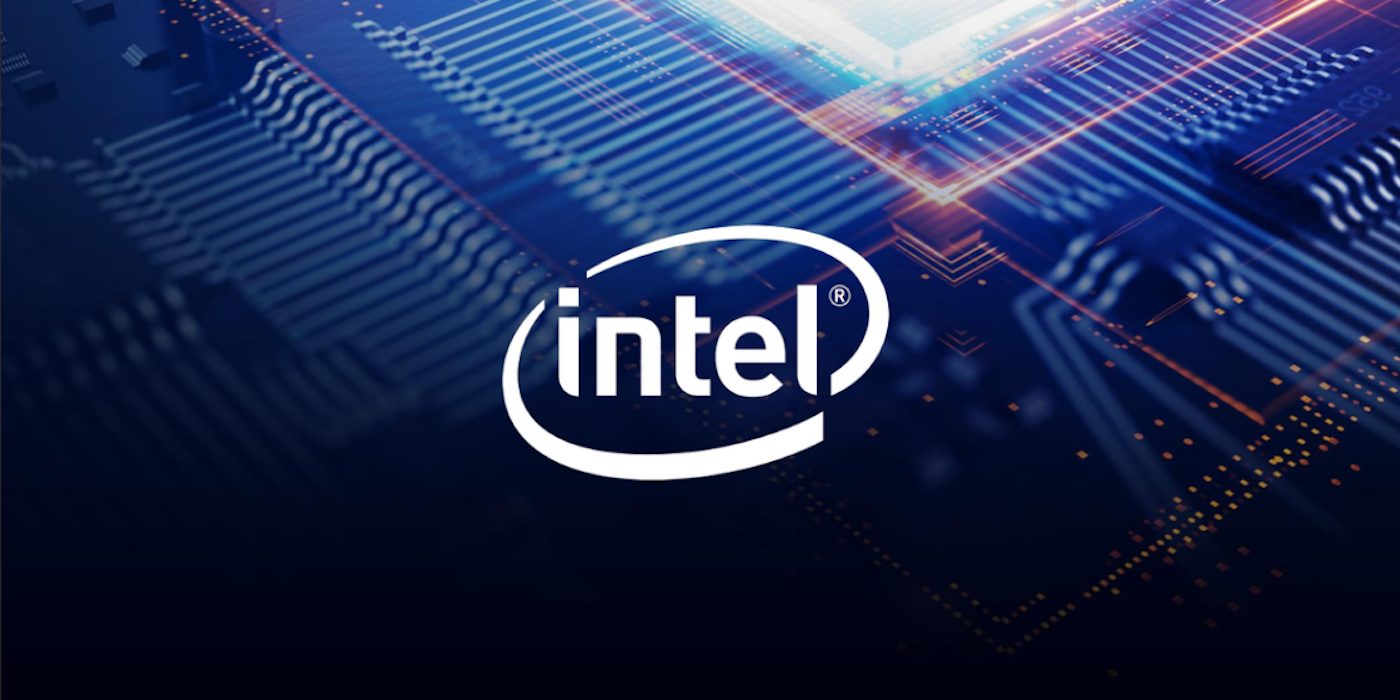As the world of crypto expands and financial systems evolve, we need to look at one of the most important areas of emerging finance – decentralised finance, or DeFi for short.
DeFi is form of emerging financial technology based on secure distributed ledgers, similar to those used by cryptos. Essentially, DeFi removes the control that banks and other financial intuitions hold on money, financial products, and financial services, and by removing third parties in financial transactions. To gain a complete conceptual understanding of DeFi, we need to take a closer look at the difference between centralised and decentralised finance.
Centralised Finance vs Decentralised Finance
1. Centralised Finance
In centralised finance, money is kept by banks, whose overarching goal is to make more money. Centralised finance involves many intermediaries who facilitate the movement of money between parties, with each attaching their own fees for the use of their service.
To understand how this financial structure works, we use the example of buying a cup of coffee with your credit card. When you purchase your coffee, the charge goes from the merchant to an acquiring bank, which then forwards the card details to the credit card network.
The network clears the charge and then requests payment from your bank. Thereafter, your bank approves the charge and sends approval to the network, through the acquiring bank, back to the merchant. Each entity in this chain receives payment for its services because merchants must pay for your ability to use credit or debit cards.
2. Decentralised Finance
Decentralised finance eliminated the need for third-party involvement in financial transactions by allowing people, merchants, and businesses to conduct financial transactions through emerging technology. Eliminating intermediaries is accomplished through peer-to-peer financial networks that use security protocols, connectivity, software, and hardware advancements. Blockchain technologies such as those used by cryptocurrencies enable DeFi to work. Blockchains are distributed and secured databases or ledgers, and applications called dApps are used to handle transactions and run the blockchain.
Any person with an internet connection can lend, borrow and trade using software that records and verifies financial actions in distributed financial databases. Distributed databases are accessible across many locations, as they collect and aggregate data from all users and use a consensus mechanism to verify it.
Through this technology, DeFi can get rid of centralised finance models by allowing anybody to use financial services anywhere, regardless of location and who they are.
Peer-to-Peer Lending Lies at the Core of DeFi
Peer-to-peer (P2P) financial transactions are one of the key aspects behind DeFi. A P2P DeFi transaction involves two parties who agree to exchange cryptos for goods or services with a third party involved. To fully understand this, we will use the example of obtaining a loan in centralised finance. In this case, you would need the bank or another form of lender to apply for one. Should you be approved, you would pay interest and services fees for the privilege of using the lender’s services. P2P under DeFi does not mean there would be no interest and fees. It does, however, mean that you will have many more options since the lender can be from any location across the globe.
In the case of DeFi, you would make use of decentralised finance applications (dApps) to enter your loan needs, and an algorithm would match you with peers that meet your needs. You would then have to agree with one of the lenders’ terms, and you would thereafter receive your loan.
The transaction in this instance is then recorded on the blockchain, and you would receive your loan after the consensus mechanism verifies it. Then the lender can start collecting payments from you at agreed-upon intervals. When payment is made through your dApp, it follows the same process in the blockchain. Only then are the funds transferred to the lender.
Some Key Attractions of DeFi for Consumers:
- The elimination of fees that banks and other financial companies charge for the use of their services.
- Consumers will be able to hold their money in a secure digital wallet instead of a bank.
- Any person with an internet connection can make use of DeFi without needing approval, thereby increasing access to financial services.
- Funds can be transferred within minutes or seconds, so transaction times are reduced.


